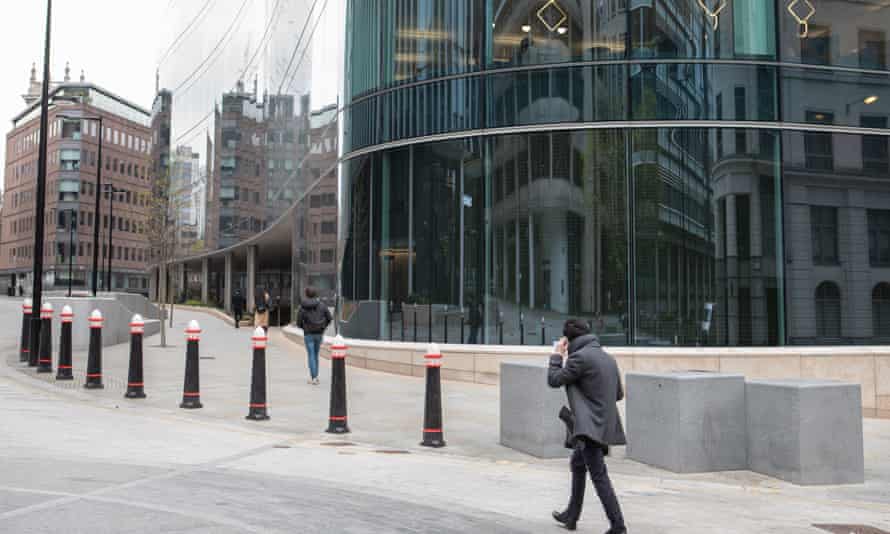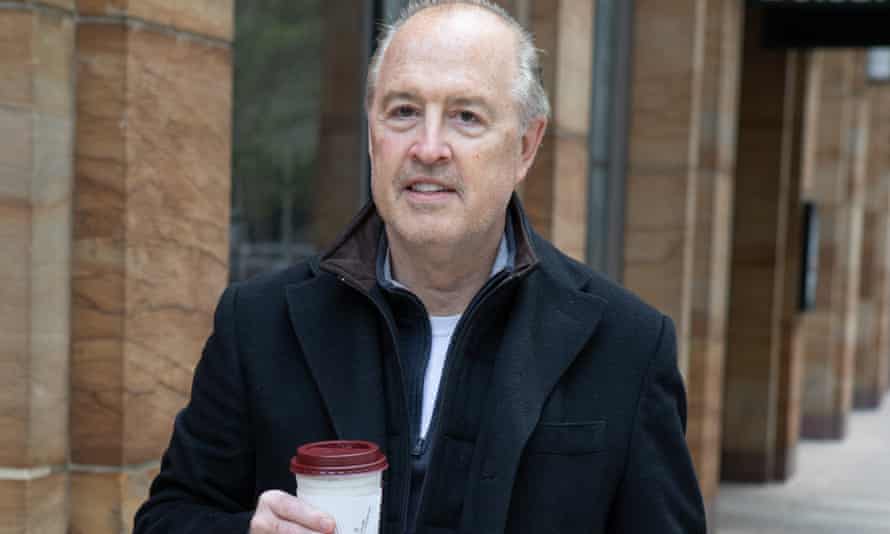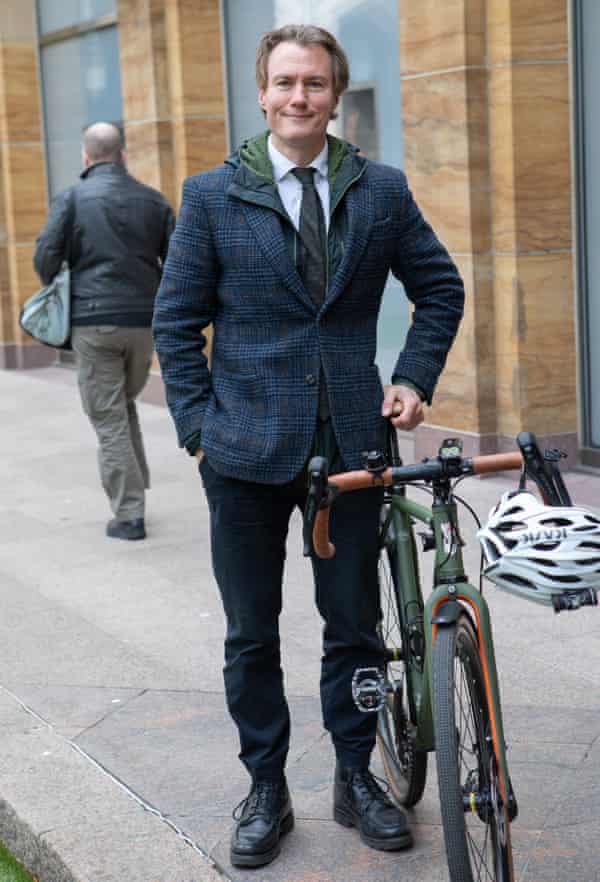A steady stream of black cabs pulled up outside Goldman Sachs’ European headquarters in central London early on Monday morning, transporting bankers to their desk. For many of them, it is the first time in more than a year they have been back to the office after the relaxation of the government’s coronavirus lockdown regulations.
Stepping out of one cab is Ben, a risk strategy officer who declined to give his surname and who is returning to Goldman’s £1.2bn Plumtree Court after months working from his flat in Islington.
“I’m actually feeling pretty good about coming back to the office,” he says. “It will give some structure to the day – it is hard to stop working when you’re working from home.”
The 28-year-old is confident the office will be a safe working environment. “They have done quite a lot of work preparing,” he says. “We are getting [coronavirus] tested twice a week.”

He is looking forward to seeing his colleagues again. “But most of the guys I normally work with aren’t back yet,” he says. “And we are all going to spread out for social distancing, so I guess it’s going to be harder to have the bants.”
The US bank Goldman is one of the first big office-based employers in the UK to bring a considerable proportion of its staff to the office, after its chief executive, David Solomon, called on colleagues to return to the office “as soon as possible”.
In February, Solomon, who is a club DJ in his spare time, said working from home was “an aberration that we’re going to correct as soon as possible. I do think that for a business like ours, which is an innovative, collaborative apprenticeship culture, this is not ideal for us. And it’s not a new normal.”
Veronika Wang walked five minutes from her flat on the other side of Holborn Viaduct for her first day back at Goldman. “I’m feeling nervous but also very excited,” Wang, 23, who works in debt finance, says outside the office on Shoe Lane. “I do think it’s better for the economy, and they are offering tests every day.”

Most of the people walking into Goldman’s office – which features a large gym (with 17 treadmills, 14 exercise bikes and a 10m sprint circuit), therapy rooms, a creche and a wildflower roof garden – are not keen to stop to speak to the media but some say they have been coming into the office every day through all stages of the pandemic anyway.
Bankers are classed as key workers if their jobs support the functioning of the economy and financial stability, meaning some have been allowed to work in the office throughout the pandemic.
Goldman said its office is open to everyone but attendance is “voluntary”. It said about 15-20% of its 6,000 London staff were back in the office last week, and it expects many more this week after the relaxation of government guidance. A team of four “greeters” were deployed outside the office alongside a team of security guards to welcome back employees.
Some Goldman junior bankers had complained about “inhumane” working from home conditions, including 100-hour work weeks and abuse from colleagues.
Central London streets still appear much quieter during the morning rush hour than before the pandemic, and many cafes and shops remained closed despite being able to reopen under the government’s latest relaxation of lockdown restrictions.

Travel on London’s underground rose by 18% on Monday (compared with last Tuesday, the first full working day after the Easter bank holiday), although it remained at only a third of pre-pandemic demand, according to figures released by Transport for London. Live data from the satnav company TomTom showed rush-hour car journeys took 40% longer in London than in uncongested conditions, a 10 percentage point increase compared with the same time a week before.
Canary Wharf, London’s second financial centre and home to the European headquarters of several global banks, appeared mostly deserted. However, locals said it was much busier on Monday than it had been in months.
Jeff Hitt, a retired Barclays banker who lives in Canary Wharf and was waiting to get his hair cut, said: “This is the busiest I’ve seen it in months. Most of these cafes weren’t open at all but now things are finally beginning to feel more like normal.”
Andrew Tollington, an IT consultant who had cycled to see clients in Canary Wharf from his home in Queen’s Park, north-west London, says it will be his first day in an office since the summer of 2020. “I had been delaying this meeting until today, so that it could take place in person,” Tollington says. “You really can’t build relationships if it is all over video calls; I’d much rather be here seeing real people in real offices.”
This content first appear on the guardian
